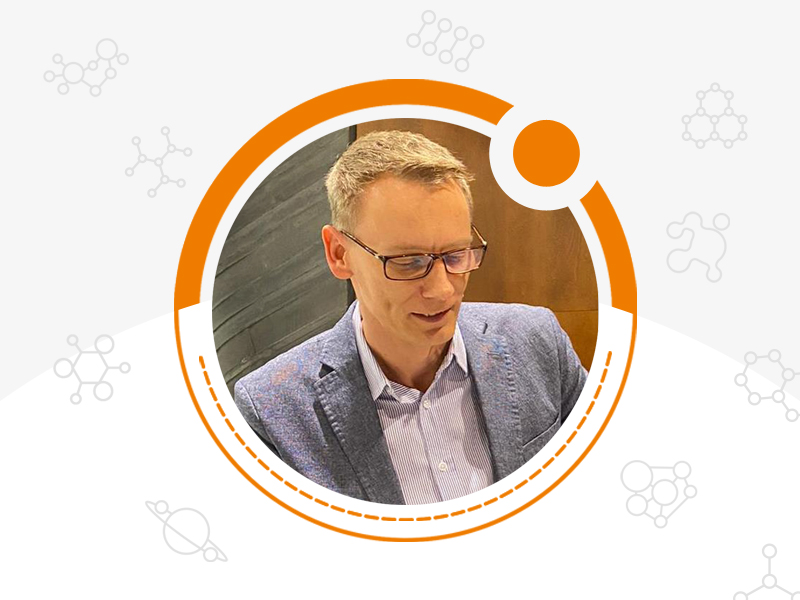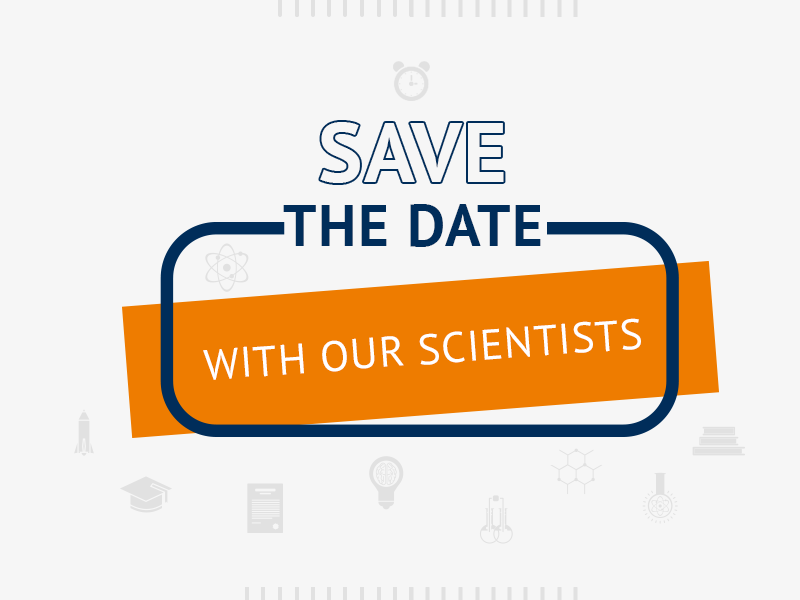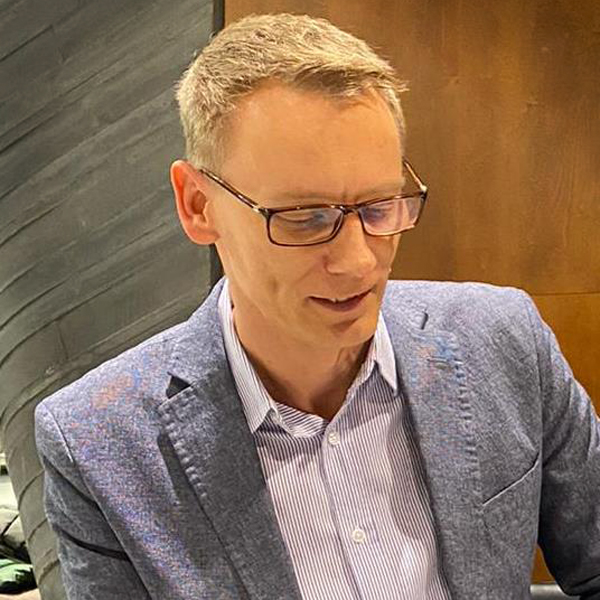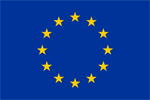
18 September
WORLD WATER MONITORING DAY

„Save the date” is a series of articles that have been written to celebrate various unusual holidays. The authors of the presented materials are students, doctoral students and employees of the Faculty of Science and Technology of the University of Silesia.
Water takes up most of the Earth’s surface and is one of the most common chemical compounds on our planet. It is essential for the life of all organisms and is their basic component. Unfortunately, most water is not suitable for direct use due to its salinity and natural or man-made pollution. Hence the requirement for constant monitoring of the quality of water intended for economic purposes and especially for consumption.
It is no surprise, then, that for 18 years now we have celebrated World Water Monitoring Day, established by the America’s Clean Water Foundation.

fot. private archive
RAFAŁ SITKO, Prof.
Professor, Institute of Chemistry
Even the purest water found in nature contains minerals that are essential for our bodies to function properly and that give it a pleasant taste. However, water may also contain undesirable heavy metal ions, organic compounds, and microorganisms. Most water pollution unfortunately is a result of human activity – industrial or agricultural use of artificial fertilisers and substances for plant protection. Hence the need for constant monitoring of water resources and examination of the purity of rivers, lakes, and other water reservoirs. Even if we are not concerned about the purity of the nearest river, we always notice the quality of the water that flows from our taps. This water should be really clean, i.e. free of heavy metal ions, organic compounds and microorganisms. However, no tap water is absolutely pure.
That is why the World Health Organisation (WHO) and relevant institutions in various countries define limits for concentrations of contaminants that should not be exceeded in order for the water we drink to be considered safe. For example, the concentration of several metals should not be higher than a few ppb (parts per billion). This means that just a few individual heavy metal ions may be found among a billion water molecules for it to be safe. Luckily, we have extremely effective, accurate, and precise analytical techniques (spectroscopic and chromatographic) for detecting and measuring such small quantities of pollutants in many laboratories all over the world.
Moreover, we are already able to detect contamination at the ppt level, i.e. one atom or molecule in a trillion. This means that we have the right tools to monitor the state of water. This is excellent news. As a result of the development of our society, we are now unfortunately introducing more and more pollutants into the environment, such as nanoparticles, which are already being produced on a large scale. Scientists and analysts monitoring water levels are therefore facing new challenges on a regular basis. These are the objectives of the analysts, and our responsibility is to take care of water and do not use it wastefully. We should not forget that as many as 2 billion people on our planet have no direct access to drinking water.





